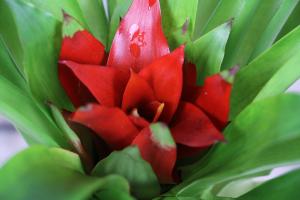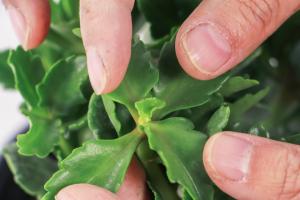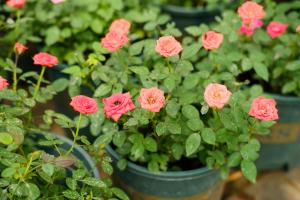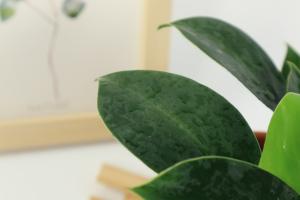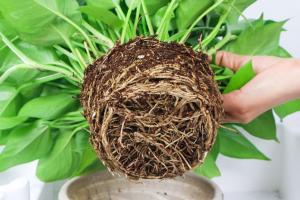How Close Can You Plant Different Fruit Trees for Pollination?
One of the most important factors in successfully growing fruit trees is pollination. Trees which are not properly pollinated produce smaller fruits or may fail to produce at all. The best way to ensure good pollination is by planting several different fruit tree varieties in close proximity to one another. In this article, we will explore how close you can plant different fruit trees for optimal pollination.
The Basics of Fruit Tree Pollination
Fruit trees rely on bees and other insects to transfer pollen from one tree to another. Fruit tree flowers contain both male and female reproductive parts, but the pollen from a flower can only fertilize another flower if it comes from a different variety of tree. Planting different types of fruits near each other is therefore essential for good cross-pollination and a successful fruit crop.
Factors That Affect Pollination Distance
Several factors influence how close fruit trees should be planted for adequate pollination. The first factor is tree species. Some trees, such as apricots and plums, do not require cross-pollination and can be planted as single specimens without affecting fruit production. Others, like apples, pears, and cherries, require cross-pollination and will benefit greatly from being planted in close proximity to other varieties.
The second factor is bloom time. Trees with overlapping bloom periods are more likely to be pollinated than those with staggered or widely separated bloom times. For optimal pollination, it is best to plant varieties that bloom at the same time or within a few days of one another.
The final factor is the presence of pollinators. In areas without adequate insect populations, fruit trees will not be pollinated even if planted in close proximity. Providing a conducive environment for bees and other pollinators, such as by planting wildflowers, can help improve pollination success.
Planting Distance Guidelines
The general rule of thumb for planting fruit trees is to space them at least 15 to 20 feet apart, allowing enough room for each tree's mature size and to avoid root competition. However, for optimum pollination, it is better to plant trees closer together. The ideal distance varies depending on the species and bloom time of the trees.
For example, apple, pear, and cherry trees that require cross-pollination should be planted no more than 100 feet apart for optimal results. Plum trees, on the other hand, can be planted up to 20 feet apart since they do not require cross-pollination. Peach, nectarine, and apricot trees also do not require cross-pollination, but it is still beneficial to plant them within 20 to 30 feet of each other.
Another strategy for maximizing pollination is planting "fruit salad" trees, which are multiple fruit tree varieties grafted onto one rootstock. This allows for a variety of pollination sources in a limited space.
The Bottom Line
Pollination is essential for healthy fruit tree growth and production, and planting different fruit tree varieties in close proximity is the key to ensuring optimum results. While the general spacing guideline for fruit trees is 15 to 20 feet apart, it is better to plant trees closer together for optimal pollination results. Consider factors like tree species, bloom time, and pollinator presence when deciding how close to plant your fruit trees for optimal results.

 how many times do yo...
how many times do yo... how many planted tre...
how many planted tre... how many pine trees ...
how many pine trees ... how many pecan trees...
how many pecan trees... how many plants comp...
how many plants comp... how many plants can ...
how many plants can ... how many plants and ...
how many plants and ... how many pepper plan...
how many pepper plan...


